Knees
For transfemoral amputees, the proper choice of a knee is vital for achieving mobility, control, and confidence. Knees must provide reliable support when standing, allow smooth, controlled motion when walking, and permit unrestricted movement for sitting, bending, and kneeling. Prosthetists consider an individual’s age, health, activity level, lifestyle, and goals for ambulation before making a recommendation on the most suitable knee for a patient.
Microprocessor Knees
Microprocessor knees offer enhanced mobility and research has found other user benefits, such as increased stability and confidence, reduced cognitive burden, higher quality of life, and expanded activity levels, all impacting the overall health and well-being of patients. Since 1997 with the introduction of the first microprocessor knee, the market has expanded to offer users, physicians and practitioners a variety of choices, including but not limited to the following.
Össur’s RHEO Knee learns and adapts to its user’s movements, resulting in a continually improved and optimized performance. The computer-equipped RHEO Knee calculates the wearer’s posture and position in the environment based on feedback from sensors. The artificial joint then adjusts its level of resistance, mimicking the natural motion of a knee. The user can walk longer with less fatigue and gain increased stability and confidence when walking on ramps, varying terrain, and steps.
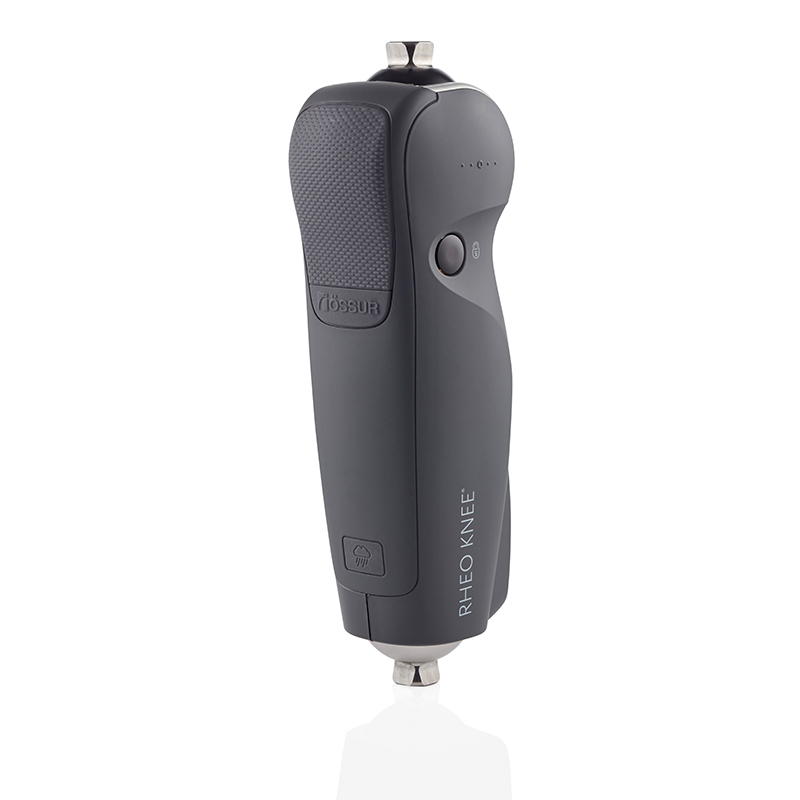
RHEO Knee XC is designed to support patients from early rehabilitation to full recovery with intuitive and stable functionality. It supports increased mobility including cycling, walk-to-run, and stair ascent. It features auto-adaptive, real-time stance and swing control with dependable swing initiation on all surfaces. The knee is designed to allow for automatic stumble recovery and features a manual extension lock. Weatherproof against exposure to fresh-water splashes.
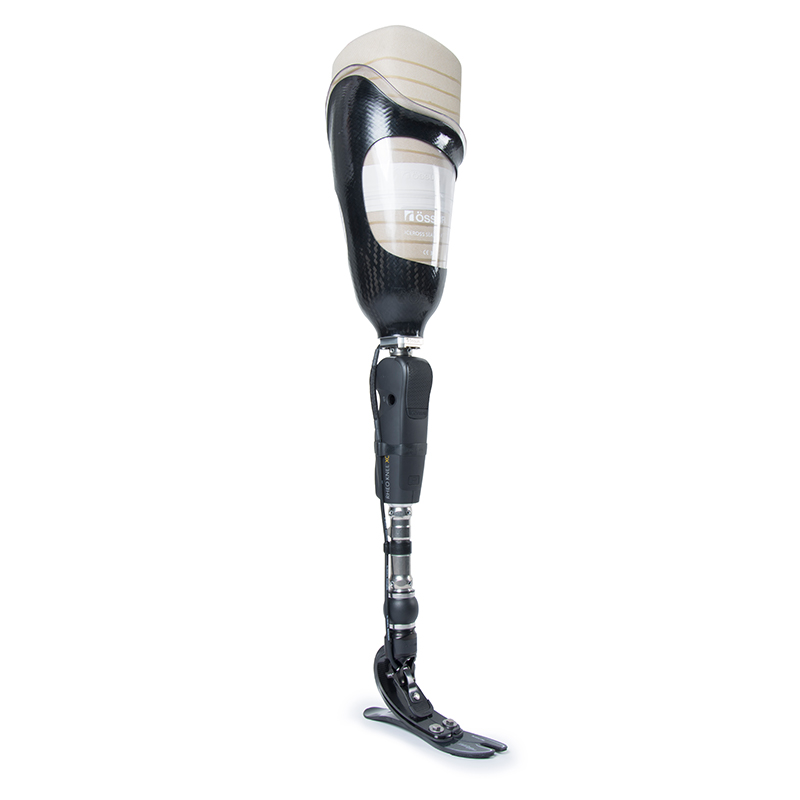
The Ottobock C-Leg 4 uses sophisticated sensors to determine where it is in space at all times and makes precise adjustments at every moment of every step. Ramps, stairs, and nearly every type of challenging surface can be easily navigated – even when walking backwards. Standing is more comfortable and less tiring too, including on uneven surfaces, ramps and slopes. The knee can be set up to help make activities like biking, dancing, or golfing easier. Switching modes is done by using the Cockpit app for Android or iOS and motion pattern to quickly change settings using Bluetooth® technology. The C-Leg 4 is a weatherproof knee, meaning that it is splash resistant if caught in a rainstorm.
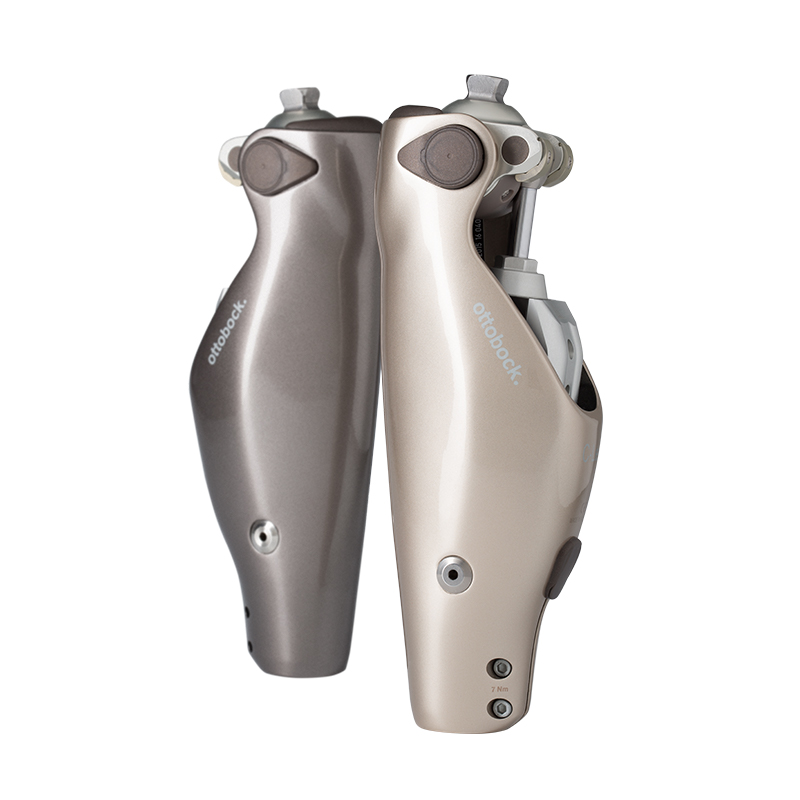
The Genium from Ottobock virtually duplicates a body’s natural, physiological gait phase by phase, no matter what the walking speed, to improve walking, wearer comfort, and accessibility. The Genium can read movement at 100 times a second using multiple sensors and controllers, and its optimized physiological gait reduces the mental effort and energy required of users when changing speed, walking up or down stairs or hills, avoiding obstacles, and walking backwards. It also allows wearers to stand and sit more easily and naturally.
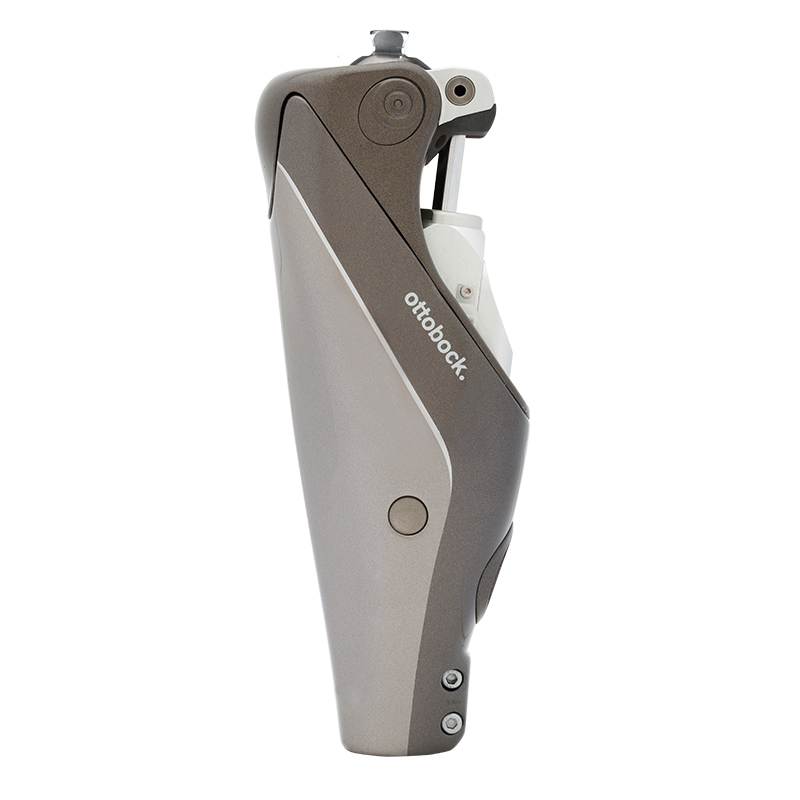
The Ottobock X3 offers capabilities including running, walking backwards, crossing obstacles in a more anatomically correct way, and climbing stairs step-over-step without massive compensating movement – an action that previously appeared impossible for those with above-knee limb loss. Completely submersible, the X3 is perfect for anyone working in or near water or for activities such as showering, car washing, or boating, all without having to worry about it damaging the componentry.

Freedom Innovations Plié Knee 3 is designed for amputees seeking a knee that adjusts to walking, running, uneven terrain and occasional water exposure. The Plié 3’s rapid response technology delivers a more natural transition from swing to stance. With the technology’s resistance based on swing flexion and not speed, the resulting effect is an instinctive action that for the user feels more like a biological knee and reduces the amount of effort and energy used by the amputee. With responsive stumble and fall protection, users can instinctively move at their own pace in any direction … even if it’s taking small short steps or pivoting in confined spaces.

Mechanical Knees
Mechanical knees with no hydraulics or pneumatics are used for all K2 amputees as well as for preparatory prosthesis for K3 and K4 amputees.
The 1324 Stance Flexion 5-Bar Mechanical Knee features alignment and adjusting abilities for a smooth and natural gait pattern. The system forces the geometry into a very stable position at heel contact until the patient rolls over the toe to release the knee into swing. With correct alignment the knee is always in a stable position for patient confidence. The frame construction is made of superlight aluminum alloy and the 5-bar linkage is made of aircraft alloy.
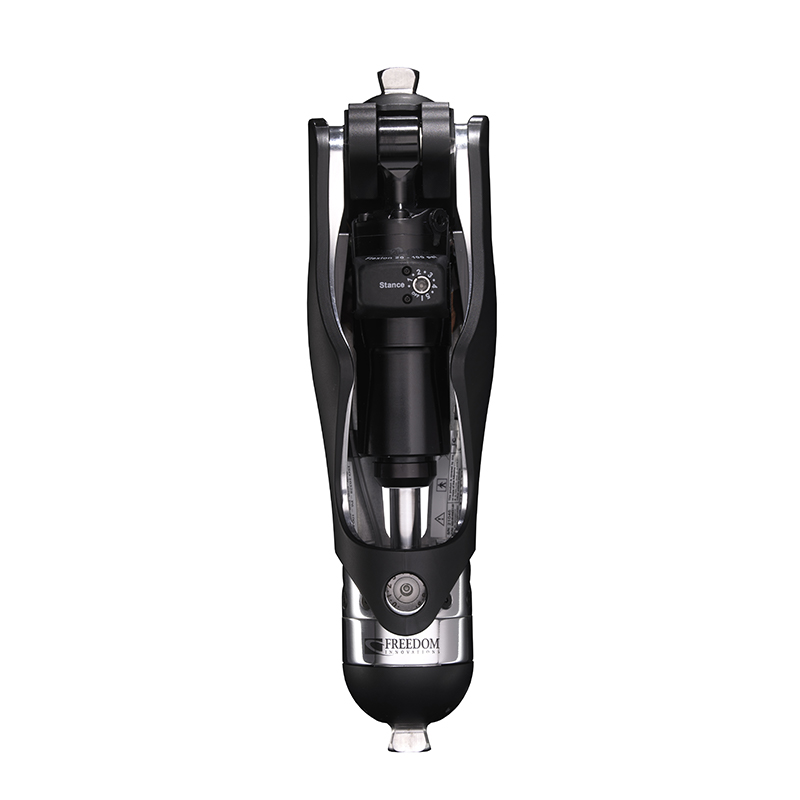
The Balance Knee OFM1 from Össur is a mechanical polycentric knee joint that is suitable for users with high safety requirements. The knee can be locked (e.g. when standing) and is therefore particularly appropriate for new amputees and less mobile users. Its locking function offers a high degree of safety so the new amputee will find it ideal for first standing and walking exercises. Flexion and extension can be locked or released depending on the patient’s progress.
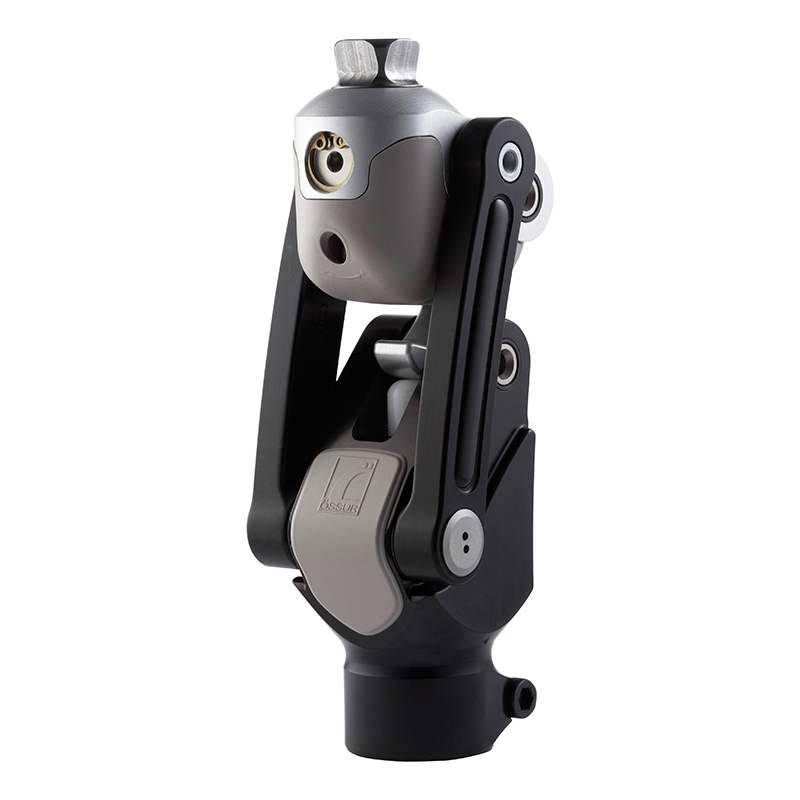
Össur Total Knee 1900 accommodates everyday walking requirements. Through use of friction within an elastic polymer medium, the swing phase is controlled and steady. That combined with the extension promoter, which assists in limiting heel rise and moving the knee into a fully extended position, ensures every amputee has access to the superior attributes of a Total Knee. Its low-build height is useful for long transfemoral limbs or knee disarticulation.
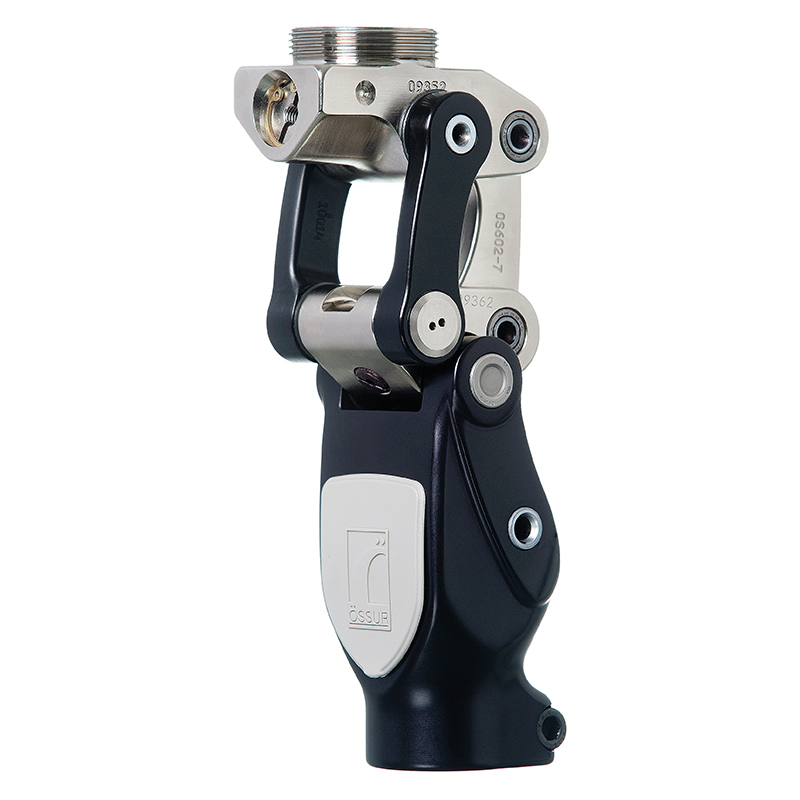
The 3R62 polycentric prosthetic knee joint with mechanical swing phase control from Ottobock is especially well-suited for prosthesis wearers with low mobility, since it provides the corresponding functionality for swing phase control and stance phase control. At the same time, the 3R62 supports the therapy goal of restoring the ability to stand and moderate ability to walk indoors and outdoors. Thanks to the integrated optional lock, which can be activated or deactivated by the prosthetist, the 3R62 provides targeted support for the post-amputation therapy process – from the initial standing and walking exercises with the interim prosthesis through to the final fitting.
College Park’s Guardian knee is a lightweight mechanical knee joint featuring a friction brake for stance control, stance flexion, and extension assist. The knee is best suited as a rehabilitation tool for new patients to learn standing and walking during the rehabilitation process, and as a permanent knee for low-impact patients. It provides the prosthetist easy adjustability for patient gait-matching without the need to remove the prosthesis. The Guardian also has a remote lock feature that can be disengaged as the patient progresses to provide the full 145 degrees of anatomical motion.